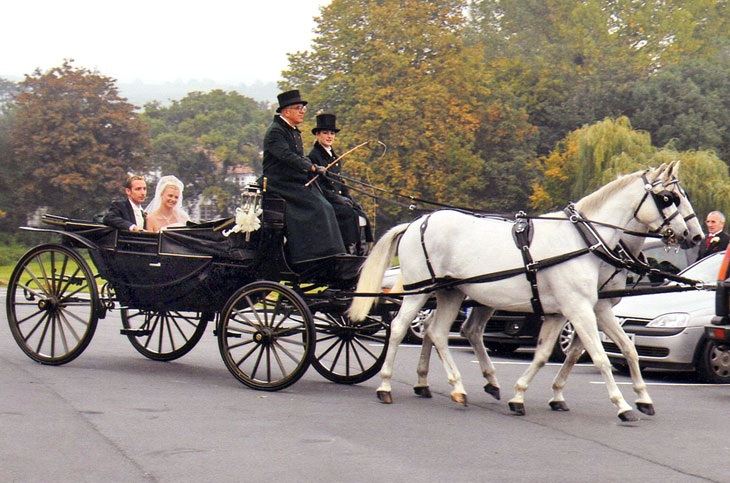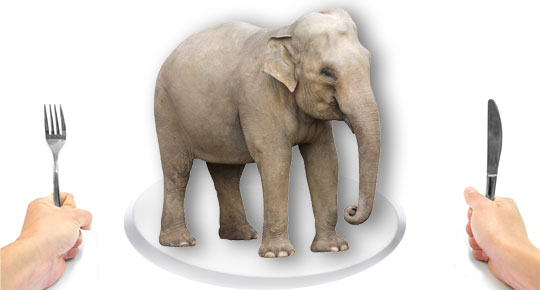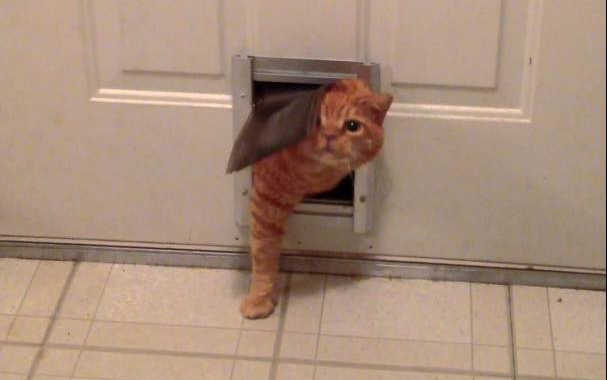Imagine this scene from your childhood. You have just built yourself two LEGO battle tankers. You are sprawled on the floor, firing imaginary shells into the air across the two tankers. You make noise as you fire … bang… crack! Your hero tanker has taken a few hits and is weak. Your enemy tanker is just two shells away from destruction. The suspense is building and you are totally in the zone, lining up your hero tanker’s barrel at the enemy tanker for two final shots.
But your mother calls you and says that lunch is ready. She is insistent that you eat it NOW! You say, ‘Just two minutes, mommy’. But she is adamant. She has a kitchen to clean up and dishes to do before she can start her next meal prep. You have to go RIGHT NOW or she will get angry. She reasons with you that you can have lunch and resume ‘LEGO tankers’. Sure you can do that. But you have been shaken off your zone — the total isolation of focus that gets you physically, mentally and emotionally involved in what you do.
In the modern nuclear family, your mom no longer tears you away from your zone. But, you are constantly ripped away from it by meetings, phone notifications, calls and people visiting your desk. In this post, let us talk about how workplaces should be designed around the two types of professional people: those who need to interact with others to get things done, i.e. the managers, and those who need isolation to work at their best, i.e. the makers.
Continue reading Getting makers and managers to work together









